Information regarding regulations for pregnant women when traveling by air may vary and depends on the specific...
Blog categories
- Travel tour attraction (9)
- flight news (9)
- Tour Tokyo (8)
- Domestic tour (8)
- Tour du lịch (1)
- Medical tour (4)
- Experience tour for children (0)
- Chuyến bay gần nhất (1)
- Danh sách chuyến bay sắp tới (1)
-
Japan Domestic Tour (0)
click
- Chubu (54) click
- Chugoku (33) click
- Kyushu (59) click
- Shikoku (26) click
- Kanto (52) click
- Tohoku (40) click
- Hokkaido (31) click
- Kansai (42) click
- Okinawa (16)
Search in blog
Latest posts
-
 RELAXED CONNECTING FLIGHTS WITH BAMBOO AIRWAYS06/12/20231276 views
RELAXED CONNECTING FLIGHTS WITH BAMBOO AIRWAYS06/12/20231276 viewsPlease read Bamboo Airways' connecting flight regulations for a better understanding.
-
 "Implementing regulations for serving passengers and handling connecting baggage on international and domestic flights."06/07/2023Posted in: Flight news1343 views
"Implementing regulations for serving passengers and handling connecting baggage on international and domestic flights."06/07/2023Posted in: Flight news1343 viewsBamboo specifies detailed procedures for connecting flights.
-
 Vietjet introduces additional 2kg for carry-on baggage from 1st June 2023.06/05/2023Posted in: Flight news4564 views
Vietjet introduces additional 2kg for carry-on baggage from 1st June 2023.06/05/2023Posted in: Flight news4564 viewsVietjet introduces additional 2kg for carry-on baggage from 1st June 2023.
-
 BAMBOO AIRWAYS ANNOUNCEMENT ON LAUNCHING THE SUPER EASY SUMMER FLYING PROGRAM06/03/2023Posted in: Flight news1262 views
BAMBOO AIRWAYS ANNOUNCEMENT ON LAUNCHING THE SUPER EASY SUMMER FLYING PROGRAM06/03/2023Posted in: Flight news1262 viewsBamboo Airways (BAV) announces the launch of the Super Easy Summer Flying Program.
Popular posts
-
 REGULATIONS FOR PREGNANT WOMEN WHEN TRAVELING BY AIR11/21/2023Posted in: Flight news5103 viewsInformation regarding regulations for pregnant women when traveling by air may vary and depends on the specific...Read more
REGULATIONS FOR PREGNANT WOMEN WHEN TRAVELING BY AIR11/21/2023Posted in: Flight news5103 viewsInformation regarding regulations for pregnant women when traveling by air may vary and depends on the specific...Read more -
 Vietjet introduces additional 2kg for carry-on baggage from 1st June 2023.06/05/2023Posted in: Flight news4564 viewsVietjet introduces additional 2kg for carry-on baggage from 1st June 2023.Read more
Vietjet introduces additional 2kg for carry-on baggage from 1st June 2023.06/05/2023Posted in: Flight news4564 viewsVietjet introduces additional 2kg for carry-on baggage from 1st June 2023.Read more -
 Understanding Cancer05/27/2023Posted in: Medical tour3242 viewsHello everyone, Today I would like to talk about an important topic - cancer. This is a subject that almost all of us...Read more
Understanding Cancer05/27/2023Posted in: Medical tour3242 viewsHello everyone, Today I would like to talk about an important topic - cancer. This is a subject that almost all of us...Read more -
 Exploring Medical Visa for Healthcare Treatment in Japan06/01/2023Posted in: Medical tour3125 viewsAre you seeking an opportunity to take care of your health and receive medical treatment in Japan? Don't worry, the...Read more
Exploring Medical Visa for Healthcare Treatment in Japan06/01/2023Posted in: Medical tour3125 viewsAre you seeking an opportunity to take care of your health and receive medical treatment in Japan? Don't worry, the...Read more -
 Miyazawa Kenji Dowa Mura (Village of Fairy Tales)2711 viewsMiyazawa Kenji Dowa Mura (Village of Fairy Tales) is a facility that lets you fully enjoy the world of fairy tales...Read more
Miyazawa Kenji Dowa Mura (Village of Fairy Tales)2711 viewsMiyazawa Kenji Dowa Mura (Village of Fairy Tales) is a facility that lets you fully enjoy the world of fairy tales...Read more
Featured posts
-
 REGULATIONS FOR PREGNANT WOMEN WHEN TRAVELING BY AIR11/21/2023Posted in: Flight news5103 viewsInformation regarding regulations for pregnant women when traveling by air may vary and depends on the specific...Read more
REGULATIONS FOR PREGNANT WOMEN WHEN TRAVELING BY AIR11/21/2023Posted in: Flight news5103 viewsInformation regarding regulations for pregnant women when traveling by air may vary and depends on the specific...Read more -
 RELAXED CONNECTING FLIGHTS WITH BAMBOO AIRWAYS06/12/20231276 viewsPlease read Bamboo Airways' connecting flight regulations for a better understanding.Read more
RELAXED CONNECTING FLIGHTS WITH BAMBOO AIRWAYS06/12/20231276 viewsPlease read Bamboo Airways' connecting flight regulations for a better understanding.Read more -
 "Implementing regulations for serving passengers and handling connecting baggage on international and domestic flights."06/07/2023Posted in: Flight news1343 viewsBamboo specifies detailed procedures for connecting flights.Read more
"Implementing regulations for serving passengers and handling connecting baggage on international and domestic flights."06/07/2023Posted in: Flight news1343 viewsBamboo specifies detailed procedures for connecting flights.Read more -
 Vietjet introduces additional 2kg for carry-on baggage from 1st June 2023.06/05/2023Posted in: Flight news4564 viewsVietjet introduces additional 2kg for carry-on baggage from 1st June 2023.Read more
Vietjet introduces additional 2kg for carry-on baggage from 1st June 2023.06/05/2023Posted in: Flight news4564 viewsVietjet introduces additional 2kg for carry-on baggage from 1st June 2023.Read more -
 BAMBOO AIRWAYS ANNOUNCEMENT ON LAUNCHING THE SUPER EASY SUMMER FLYING PROGRAM06/03/2023Posted in: Flight news1262 viewsBamboo Airways (BAV) announces the launch of the Super Easy Summer Flying Program.Read more
BAMBOO AIRWAYS ANNOUNCEMENT ON LAUNCHING THE SUPER EASY SUMMER FLYING PROGRAM06/03/2023Posted in: Flight news1262 viewsBamboo Airways (BAV) announces the launch of the Super Easy Summer Flying Program.Read more
























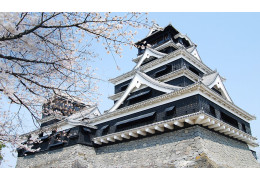
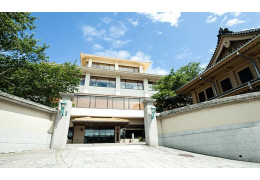

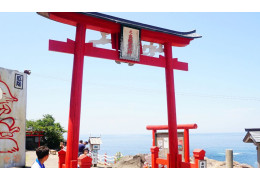
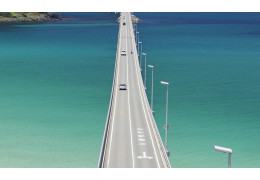
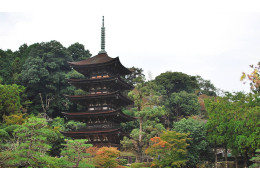
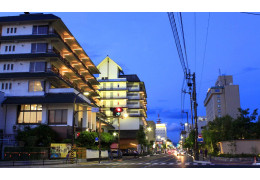

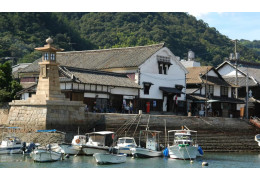
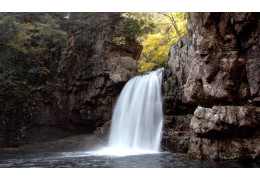
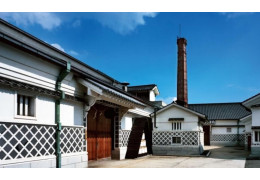




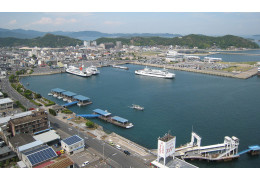
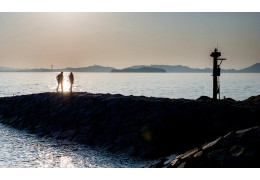



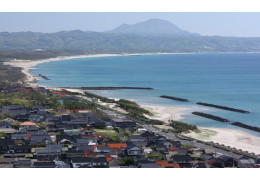

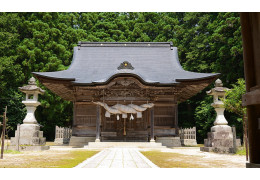







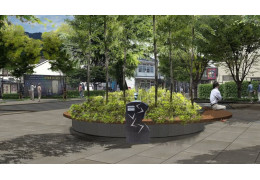
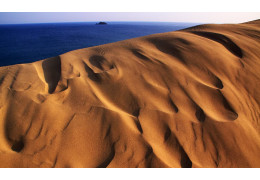
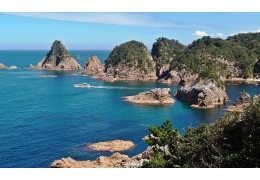
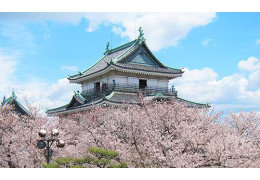

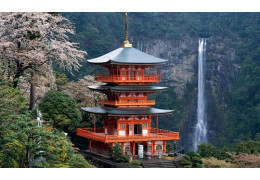
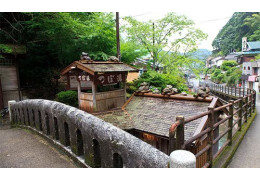

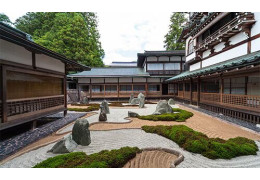
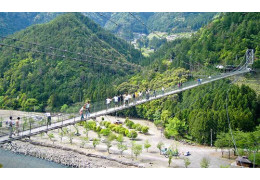
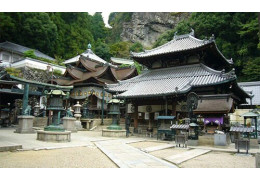
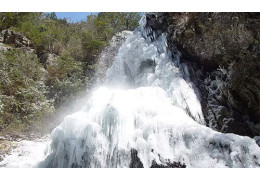
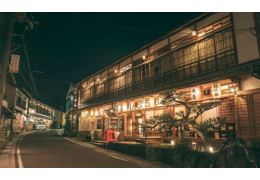
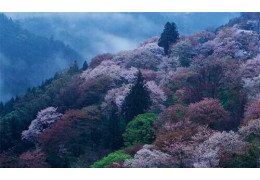
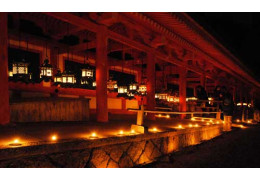

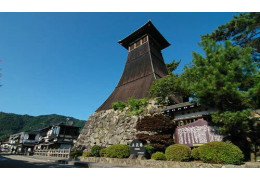

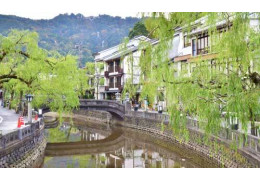
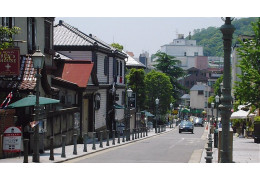





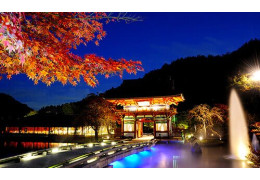
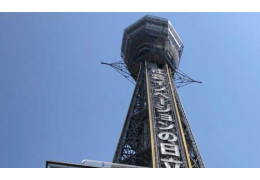

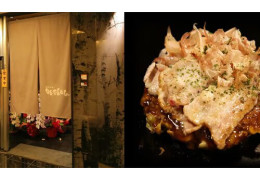
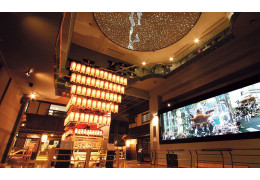




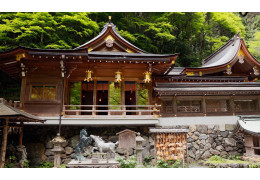


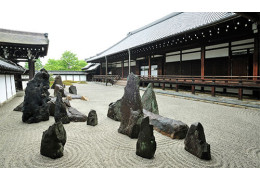
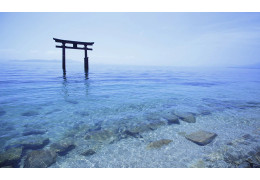







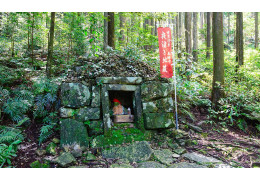

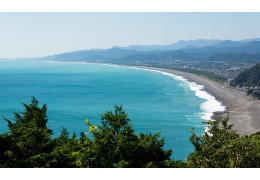


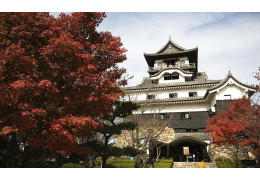

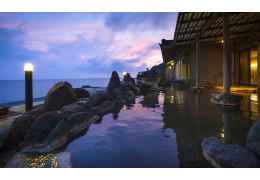
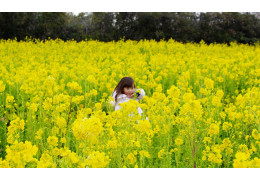
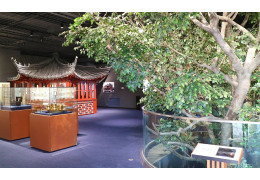



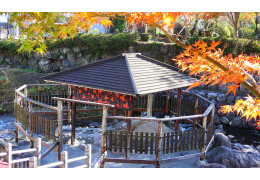



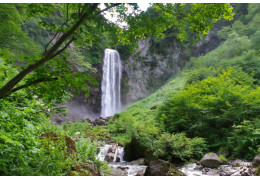



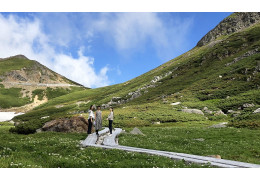
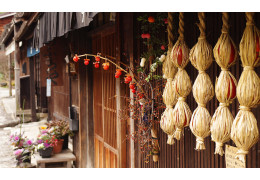

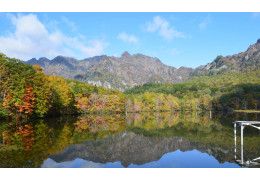
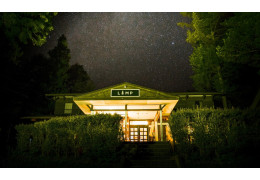

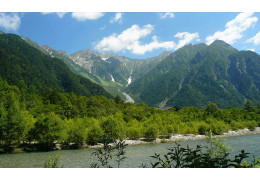
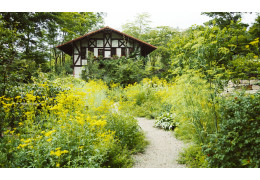

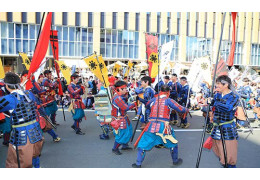
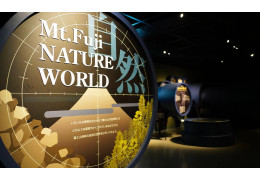
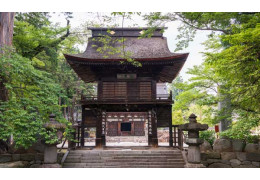
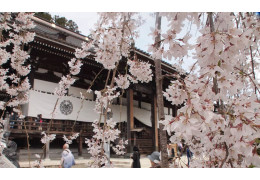
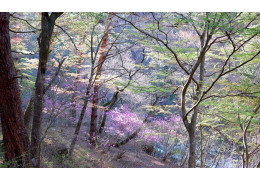

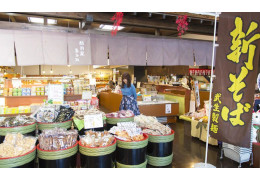

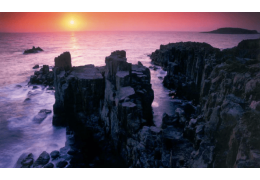
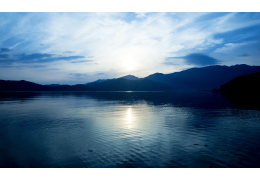


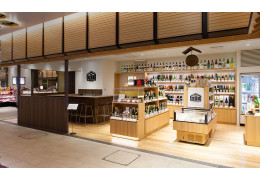




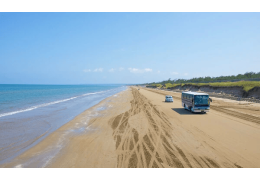
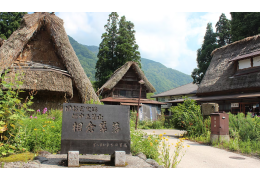
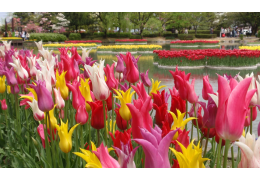


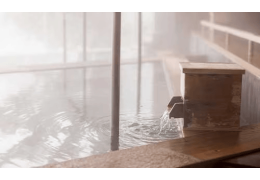


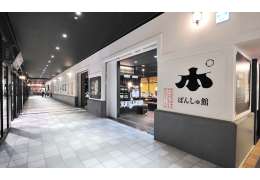

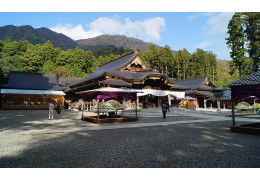



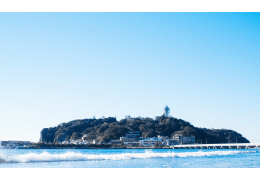
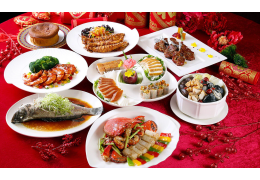
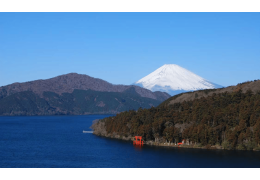
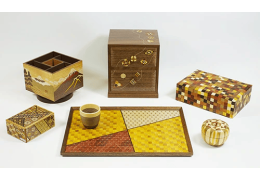
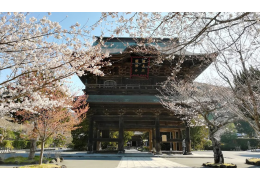


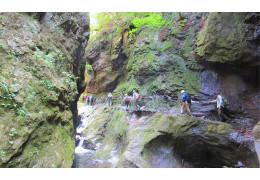

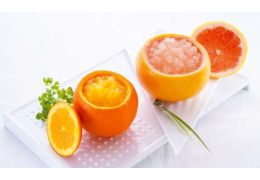



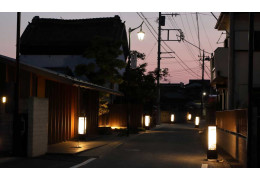
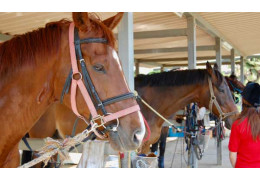
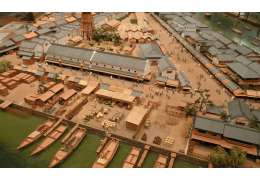
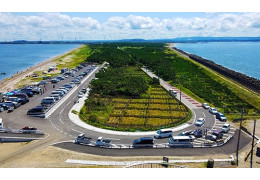




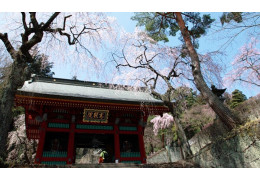


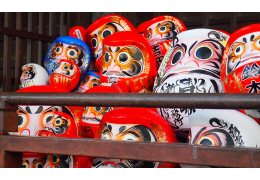
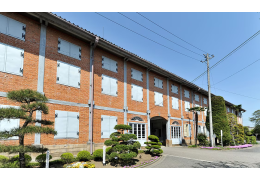
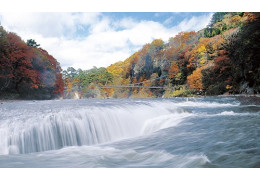












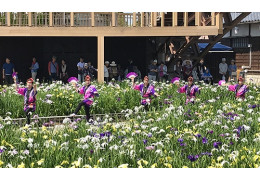


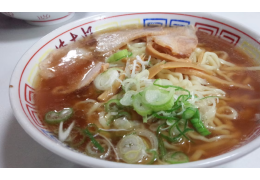

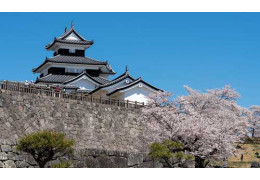

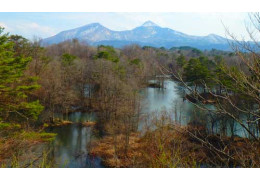
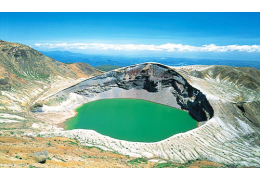

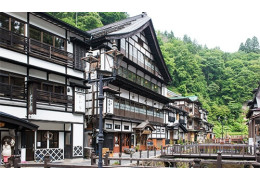
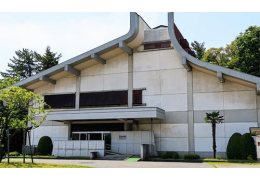
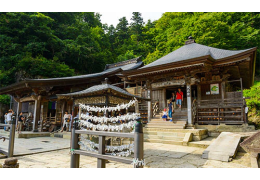






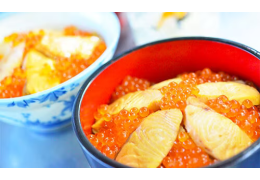


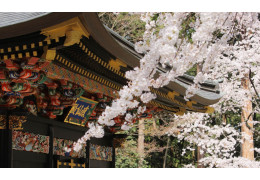
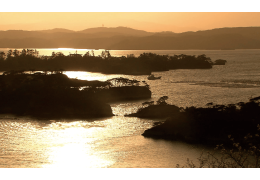

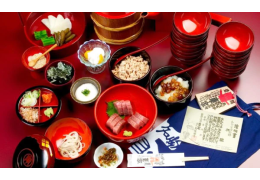
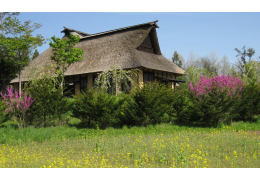

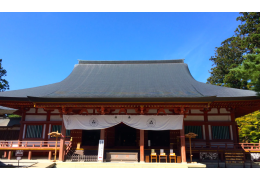



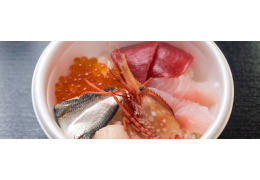
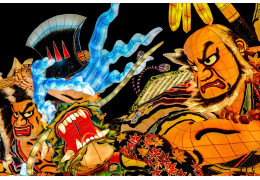









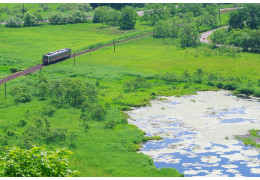




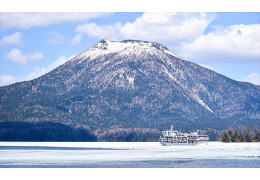
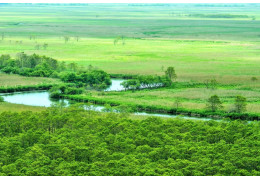

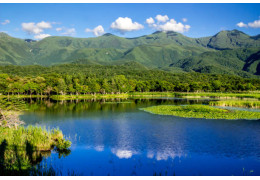
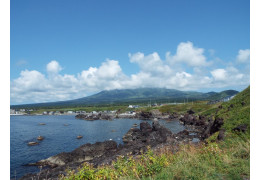






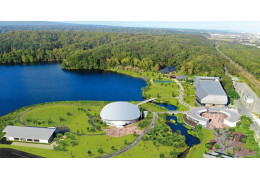
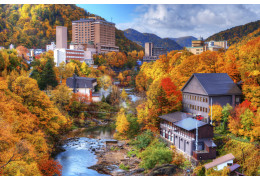



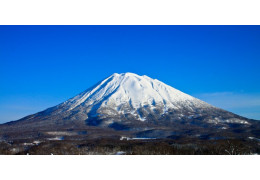
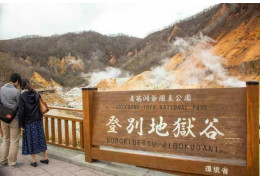
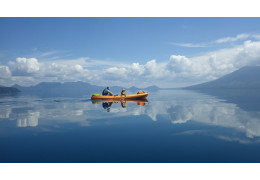
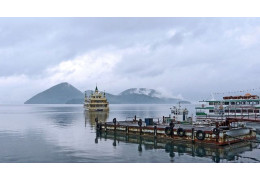

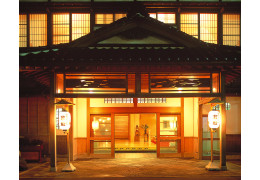

Top authors